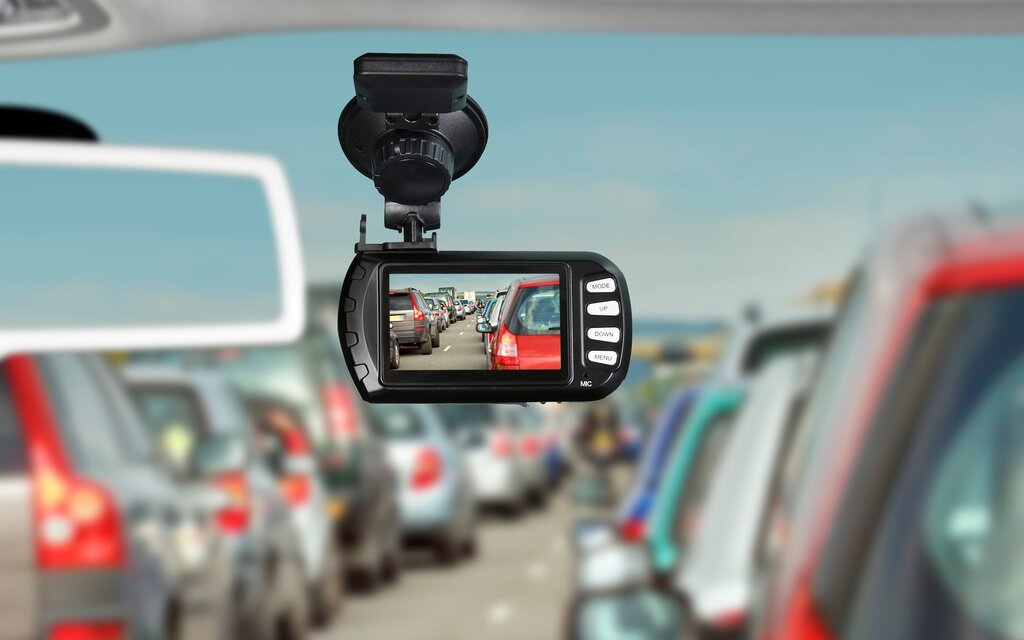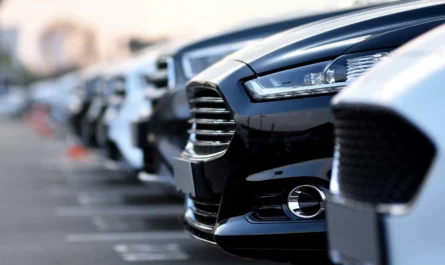Our roads are getting busier by the day as more vehicles come onto the streets. With increased traffic comes increased risks of accidents and violations. To mitigate these risks and bring accountability to our streets, vehicle cameras have emerged as an effective solution. In this article, we will explore the various types of vehicle cameras, their uses and benefits, privacy concerns around their use, and the future of this important technology.
Dashboard Cameras
One of the most popular types of vehicle cameras are dashboard cameras, also known as dashcams. Dashcams are cameras that are mounted on the dashboard or windshield of a vehicle, usually facing forward, to continuously record the view through the front windshield. They are primarily used to record evidence in the event of an accident, traffic violation, or insurance claim. Dashcams provide an objective video record of what really happened on the road from the driver’s perspective. This can be crucial for determining liability and resolving insurance claims accurately. Dashcams are also increasingly being used by ride-sharing and delivery drivers to protect themselves against false complaints and accusations. Overall, dashboard cameras bring more accountability to our roads and help resolve legal matters faster.
Rear-view Cameras
Rear-view cameras, also known as backup cameras, are installed inside vehicles primarily to help drivers when reversing. They provide visibility of what is behind the vehicle directly on the vehicle’s infotainment screen. This reduces blind spots and helps drivers avoid collisions, especially with pedestrians or smaller objects, when reversing. Rear-view cameras have become mandatory in many countries for vehicles with a Gross Vehicle Weight Rating of less than 4,536 kg for improved safety. They serve as an extra set of eyes to prevent accidents while reversing. Some advanced rear cameras also come with parking guidelines that overlay on the screen to make parallel parking easier.
AI-Powered Interior Cameras
Newer Vehicle Camera technologies are taking monitoring inside the vehicle to the next level. Interior cameras powered by artificial intelligence (AI) can now automatically monitor the driver’s behavior and facial movements. For example, AI driver monitoring cameras can detect if the driver is distracted, drowsy or inattentive. They analyze the driver’s eye movements and head position to check alertness. Such cameras work with other vehicle systems to alert drivers to regain focus on the road or even trigger safety mechanisms if required. Fleet operators are using interior cameras to ensure driver safety policies are followed. However, widespread interior monitoring also raises privacy concerns that are discussed later.
Usage-Based Insurance (UBI) Cameras
For usage-based insurance (UBI) programs, vehicle cameras are being used to monitor driver behavior to determine insurance premiums. UBI programs allow insurers to install small cameras inside or outside the vehicle. These cameras do not record video but capture and transmit telemetry data regarding hard braking, acceleration, night-time driving and more to insurance providers. Based on the driving data analyzed, good drivers with safer driving habits may qualify for lower insurance rates. UBI cameras thus help build a safer driving culture while offering cheaper insurance to safer drivers. However, insurers need to ensure driver privacy is prioritized with such programs.
Commercial Fleet Monitoring
Vehicle camera systems for commercial and heavy fleet vehicles play a vital role in ensuring safety policies are followed. Fleet operators install multiple types of cameras in trucks, buses and other commercial vehicles. Dashcams record activity in and around the vehicle from different angles. Interior cameras monitor driver behavior inside cabs. Others oversee cargo areas. Combined with telematics, such systems track hours of service, speeds, harsh braking, idling times and more. They aid in improving safety, reducing costs and resolving issues. However, fleet managers need to get driver consent upfront for any monitoring systems.
Privacy Considerations
While vehicle cameras bring several safety and accountability benefits, their widespread adoption also raises privacy concerns that need addressing. A major issue is how recorded footage and driving data will be stored, shared and used over the long term. It is crucial for manufacturers and service providers to have clear privacy policies addressing data access, retention, and sharing agreements. Individuals should have complete control over their personal driving data. Legislation may be required to regulate the functioning of systems utilizing artificial intelligence for driver monitoring. Manufacturers also need oversight to ensure cameras are installed only with driver consent and additional recording indicator lights are present. With proactive measures, both public safety and individual privacy can be balanced as vehicle cameras become mainstream.
Future of Vehicle Camera Technology
As vehicles become even more connected and autonomous, the role of cameras is expected to grow significantly. Future cars may come equipped with several external and internal high-definition cameras with 360-degree views to facilitate self-driving capabilities. Advanced sensors and computer vision algorithms will utilize camera feeds for more accurate environmental detection. Intelligent dashcams can automatically upload important detected events to the cloud for subsequent sharing with authorities. Rear-view cameras may be replaced by multi-camera surround-view systems. Driver monitoring cameras could track fatigue, impairment and emotions over time. Uses may expand to new domains like predictive maintenance with cameras inspecting vehicle components. While promising benefits, responsible development must prioritize user consent, data protection and addressing misuse risks upfront as vehicle camera technology progresses rapidly.
In conclusion, vehicle cameras have emerged as an important technology due to the accountability and safety improvements they enable on our roads. From addressing insurance claims to preventing accidents, their usage is expanding across segments. At the same time, adequate privacy safeguards need to be developed considering the sensitivity of data recorded. With addressing such concerns proactively, cameras can help make roads safer worldwide while respecting individual privacy. As autonomous vehicles arrive, computer vision capabilities of cameras will further evolve. Overall, responsible development promises to unlock their tremendous potential for public welfare over time.
*Note:
1. Source: Coherent Market Insights, Public sources, Desk research
2. We have leveraged AI tools to mine information and compile it



